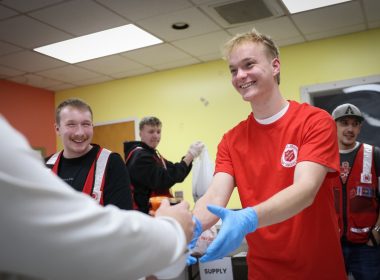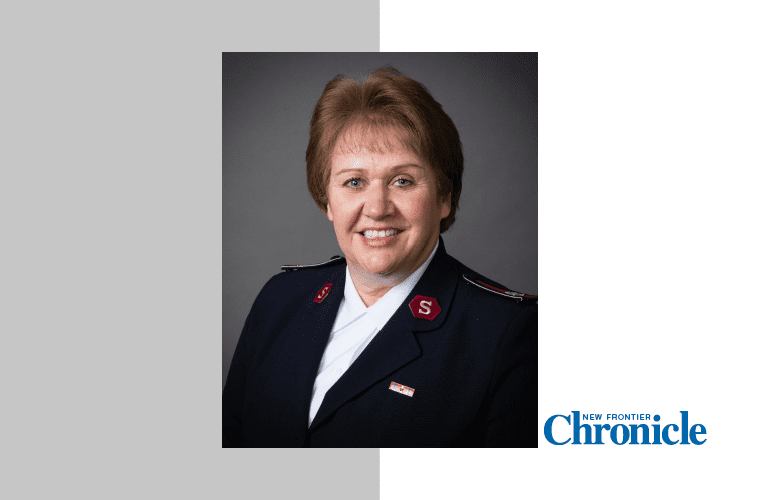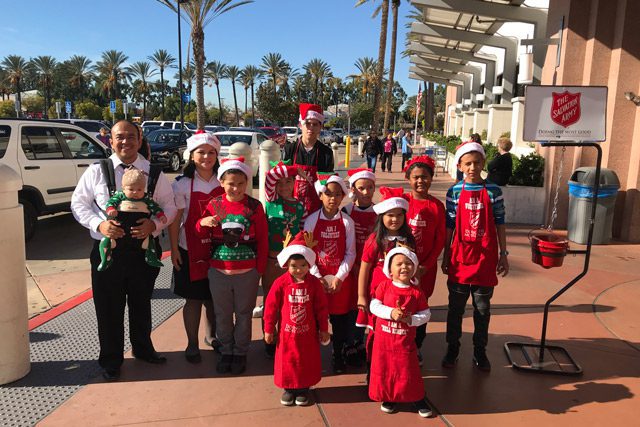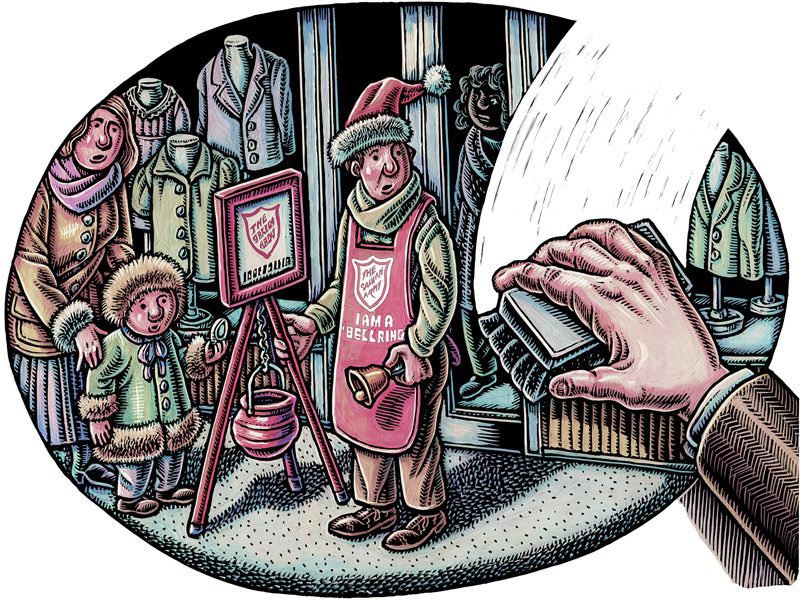BY ROBERT DOCTER –
They used to call it “junior high” — now they call it “middle school.” I went to a middle school graduation the other day — the eighth I’ve attended at this same school. My first such experience occurred over thirty years ago. Very…interesting.
A lot is the same — a lot is different. It is still clear that school administrators aren’t “showmen.” They’re clearly not in the business of staging large public events. For each parent, the program seems to be made up of a few seconds of strong emotion during which a picture must be filmed in some way. This is followed by an hour and a half of mind-wandering numbness. Every parent gets a different few seconds. You can still determine the financial health of the school by the quality of the music program. The kids still seem to have that same aura of expectation so essential to their development and to their survival. All the boys still try to look “cool,” and all the girls seem torn between looking “hot” and “cool” simultaneously.
I watched and listened as each name was called. How different from 30 years ago. Then, this northwest portion of Los Angeles’ San Fernando Valley was almost universally made up of people of European descent. They had lived in this country for generations. They knew its traditions, verbally appreciated its values at an unconscious level, and understood the moral code that lubricated its ethic. It seemed to be a mental exercise, not necessarily behavioral. English was their native language. Their unknown neighbors were all white. Their fences were six feet high. The only feeling of community to develop occurred at little league baseball games.
Now, the entire culture of the school has changed. As the student reader accurately pronounced each child’s name the level of racial and ethnic diversity immediately became evident. Cultural diversity has become the dominant culture. The audience was equally diverse, and I thought of the eight or ten big yellow school buses parked outside. The neighborhood contributes to this diversity a great deal. The school buses also contribute in significant ways.
In watching the interpersonal by-play in the audience, it was quickly evident that the adolescent graduates had acculturated in more advanced ways than their parents. The kids have developed a multiethnic, multicultural worldview after finishing eight years of ethnic and cultural integration in school. They have a different framework to view the world. They’ve learned through association with peers how to respect the differences present in the classroom.
Large numbers of their parents, however, continue to think the way the world works is still the same as they were taught in an isolated culture with very little diversity. The adult generations must find ways to confront and challenge a number of outmoded values, attitudes, and beliefs. Researchers have pointed out various value dimensions where differences between cultures exist.
For instance: People from western culture, operating from their heavy orientation to the future, tend to believe that problems, for the most part, are solvable. They assume that the individual is the focal point of society and responsible for finding the solution. Each individual must bear responsibility for whatever they do, and each person is expected to work hard and achieve much.
If people vary from this value orientation we find negative labels to isolate them. How unfortunate. Some other cultures tend to live in the present; to value community; to work for harmony rather than competition; to see themselves in the process of becoming with an innate capacity to grow in all dimensions of life.
Needless to say, the assumptions we make about others who might not share our view of the world can lead to serious consequences.
I’m struck by the reality that two other factors have contributed in very important ways to the worldview developing within these middle school students: the home and the media. Both play a vital part in introducing values, attitudes, and beliefs. If one is to develop a multicultural framework for viewing the world, one must bring his or her own culture to the mix. Both home and media undertake this.
From this point the process of acculturation to a new multicultural orientation begins. This means growing in knowledge and experience pertaining to other cultures. It means being fully one’s self while fully understanding and respecting differences in others. It means helping those stuck in a prior separate worldview grow into an integrated orientation — and that includes those of us within generations who long ago also graduated from middle school.
I guess you can tell where my mind wandered before and after the few seconds it took to read my granddaughter’s name.









